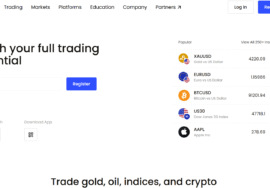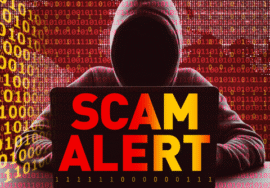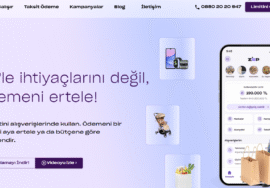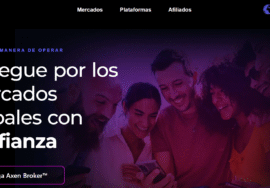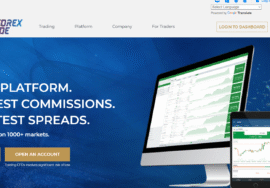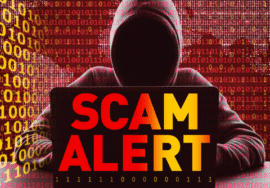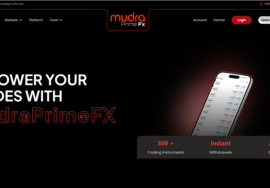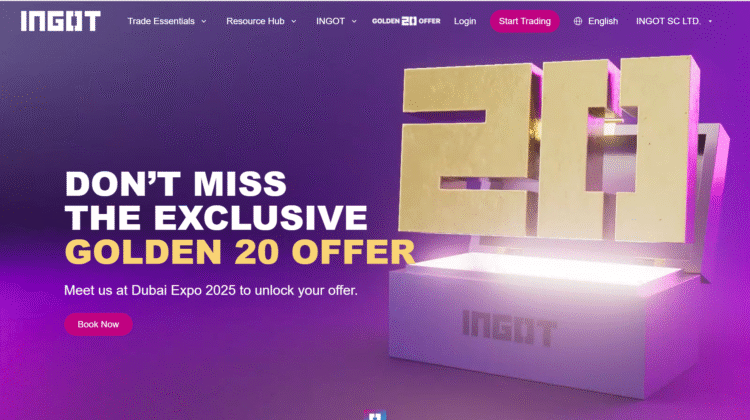
7 Key Strengths & Warning Signs: ingot.io Brokers Review
7 Key Strengths & Warning Signs: ingot.io Brokers Review
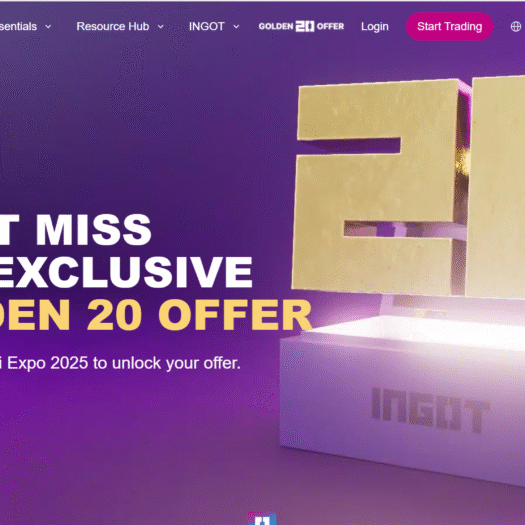
INGOT positions itself as a global, multi-asset broker offering trading across many financial markets. On its website, it advertises over a thousand instruments, MetaTrader platforms (MT4, MT5), zero commission / zero fee promises on deposits and withdrawals, a copy-trader system, mobile apps, and “first trade protection” offers. For many traders, especially in Africa, the Middle East, and Asia, INGOT may look like an attractive choice. However, a deeper investigation into regulation, user feedback, technical trust, and operational practices reveals a mix of strengths and risk factors. Below are seven in-depth points to help you decide if INGOT is safe and whether it’s right for you.
1) Regulation & Licenses: Multiple Jurisdictions, Mixed Tiers
INGOT Brokers claims regulation under several authorities. According to its own disclosures, there is a Securities Dealer Licence (SD117) issued by the Financial Services Authority of Seychelles (FSA) under the legal entity INGOT SC Ltd. (registered address in Seychelles) as seen on its legal/regulation page.
Additionally, review sources (WikiFX, BrokerChooser) indicate that INGOT also operates under regulation by the Australian Securities & Investments Commission (ASIC), among others.
However, there is a difference in strength between these regulators. ASIC is a well-known top-tier regulator with stricter oversight, while Seychelles FSA is considered an offshore regulator with generally weaker protections. Also, some regulatory claims or license statuses are not fully verified in public registers, or show caveats. Therefore, the regulatory footprint is real, but you need to check exactly which entity you are dealing with (which license applies to your region) before trusting protection levels.
2) Wide Product Offering & Platforms (Strength)
One of INGOT’s strong points is its range of markets and platforms. Public material indicates that users can access over 1,000 instruments including forex pairs, indices, commodities, stock‐CFDs, metals, energies, cryptocurrencies etc.
Platform support includes MetaTrader 4 and MetaTrader 5, as well as their own mobile apps (iOS, Android) and a proprietary “Copy Trader” system allowing following / copying other traders.
For some traders, especially those wanting versatility (various markets, mobile trading, demo accounts, copy-trading), these are significant positives.
3) Low Minimum Deposit & Zero/Low Fee Promises (Strength + Caveat)
According to sources, INGOT requires a relatively modest minimum deposit (around USD $10 in some jurisdictions) and it promotes zero commission, zero deposit fees, zero withdrawal fees in its marketing.
That can be very attractive to new traders. But in many brokers, “zero fees” come with conditions—hidden costs, wider spreads, or limitations in certain account types or deposit/withdrawal methods. Users should verify actual spread conditions, withdrawal terms, and whether any fees are embedded in other charges.
4) Real User Feedback: Mixed With Some Serious Complaints (Warning)
Reviews from users are mixed. On Trustpilot, INGOT has a number of 5-star reviews praising fast withdrawals, good customer support, and positive user interface. At the same time, there are also 1-star reviews from users who claim that spreads are worse than advertised, platform manipulation or “unfair order execution”, and dissatisfaction with customer support in resolving issues.
This kind of feedback split is fairly common among brokers, but it is especially important when many complaints cluster around withdrawal difficulties, transparency, or perceived unfair trading conditions.
5) Zero Deposit / Withdrawal Fee Claims & Trade Incentives (Warning + Potential Risk)
INGOT markets “zero deposit fees” and “zero withdrawal fees” in parts of its site, which can be strong selling points. However, sources and user feedback suggest these may be conditional: depending on payment method, region, amount, or account type. Also “first trade protection” or “zero risk first trade” slogans may come with fine print. Traders should read all the applicable terms carefully.
In addition, promises of “zero fees” can be accompanied by less favorable spreads or slippage, especially during volatile moments. It’s crucial to check actual “cost of trading” rather than just advertised commissions.
6) Technical Trust & Domain / Corporate Transparency (Mixed)
Sites like WikiFX provide a relatively detailed summary: INGOT is registered in Seychelles, has a Seychelles license SD117, and operates with multiple entities.
Some corporate details (address, license number, regulatory disclosures) are explicit. But there is less clarity on some issues: swap rates, how strictly license mapping to website domain is done, what protections exist for clients (negative balance protection, compensation funds, etc.). Also, while Seychelles regulation exists, it is cash to the lower end when compared to stronger jurisdictions.
7) Regional Restrictions & Legal Disclaimers
INGOT explicitly states it does not accept clients from certain restricted regions. For example, USA is restricted. Also, the legal/regulation page notes that different rules/regulators apply depending on your location.
Also, its risk disclosures warn that leveraged products can lead to significant losses. It acknowledges rules vary by jurisdiction and advises clients to verify local compliance. This transparency is good, but the presence of regional restrictions is a reminder that your protections depend heavily on geography.
Conclusion: Final Verdict on INGOT Brokers
After reviewing the available public information—regulatory disclosures, user feedback, platform offerings, fee structure, and technical trust indicators—the verdict on INGOT Brokers is that it is not a clear scam, but it falls into a moderate-to-elevated risk category, especially for traders who are not under the strongest regulated entity of INGOT, or who plan to trade large sums or depend heavily on predictable withdrawal behavior.
On the positive side, INGOT has many hallmarks of a professional broker: trading tools (MT4/MT5), many asset classes, mobile app and copy-trader system, reasonable minimum deposit, and claims of zero fees for some operations. It is also regulated in multiple jurisdictions, including ASIC (Australia) and Seychelles, which gives at least some regulatory safety net in some regions. The mixed feedback suggests that many clients are satisfied—especially when using smaller amounts, standard accounts, or regions where INGOT operates under better oversight.
However, there are important risk caveats:
- Which entity you choose matters significantly. If you are under an ASIC-regulated entity, you are likely to get materially stronger protections; under Seychelles regulation, risk exposure is higher.
- Fee/promotional claims like “zero fees”, “first trade protection”, etc., must be verified in real trading / deposit / withdrawal; often such claims have fine print or caveats.
- Withdrawal reliability and customer support responsiveness** appear mixed in user feedback. Some users report smooth flow; others report delays, “slippage” or difficulty when trying to claim profits or execute trades under adverse market conditions.
- Geographical restrictions and legal protections are critical. If your jurisdiction is restricted or your local regulator does not recognize INGOT, you may have limited recourse in case of dispute.
If I were evaluating INGOT myself or advising someone, I would recommend doing the following:
- Identify which entity you will be registered under before funding (e.g. ASIC entity vs Seychelles entity).
- Make a small test deposit, trade, then withdraw (including profits) to test the withdrawal process, document fees and actual timings.
- Keep screenshots of all terms, snapshots of spread during different times, order execution evidence.
- Avoid reliance on promotions that seem “too good to believe” (zero risk trade, zero spread etc.) without verifying the fine print.
- Ensure the licensing is valid as of current date via regulator’s register, and check whether any warnings have been issued in your country.


